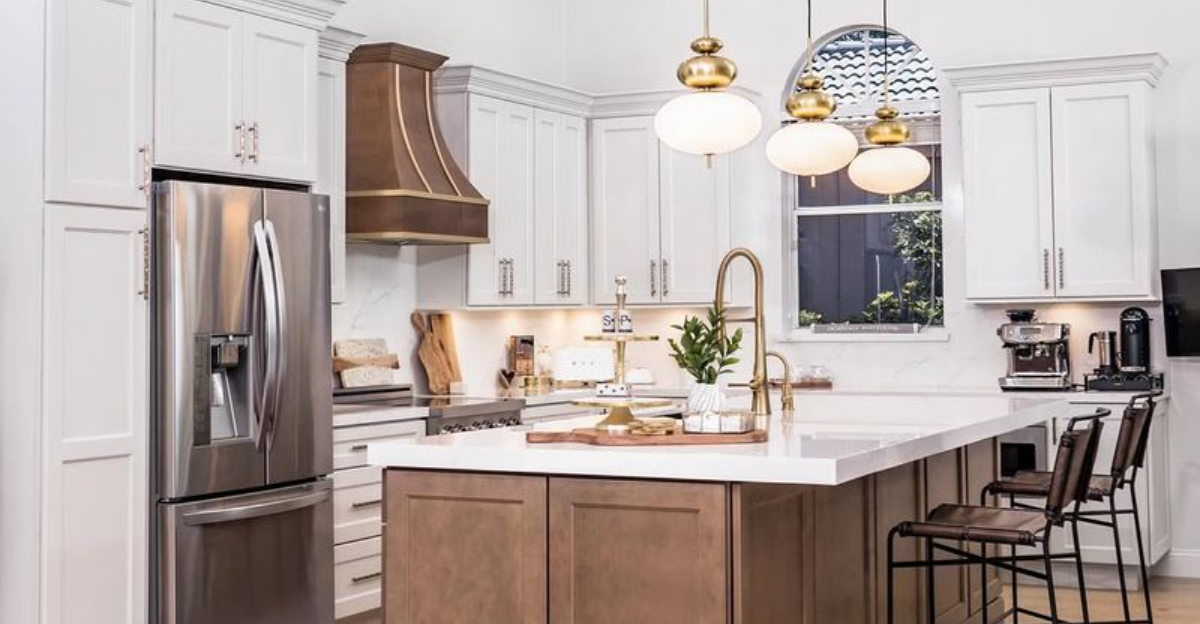In the ever-evolving world of interior design, kitchens often become the focal point of innovation and style. However, not every trend is worth following.
Some kitchen fads may look appealing but lack practicality, making daily tasks cumbersome and frustrating.
In this article, we’ll explore 10 kitchen trends that are better left on the drawing board, according to expert designers.
From cumbersome storage solutions to high-maintenance materials, discover which trends might be more hassle than they’re worth.
1. Open Shelving

Open shelving may look chic and airy, but it often leads to unavoidable clutter. Without doors to shield the contents, every dish and pantry item is on display.
This requires constant tidying to maintain a visually pleasing appearance.
Dust accumulation is another downside, as the items are exposed to the elements. Also, open shelves demand meticulous organization skills.
Not everyone finds joy in arranging their kitchenware like a designer display. For those who prefer convenience and cleanliness, closed cabinets remain the optimal choice for a functional kitchen.
2. Overly Bright Colors
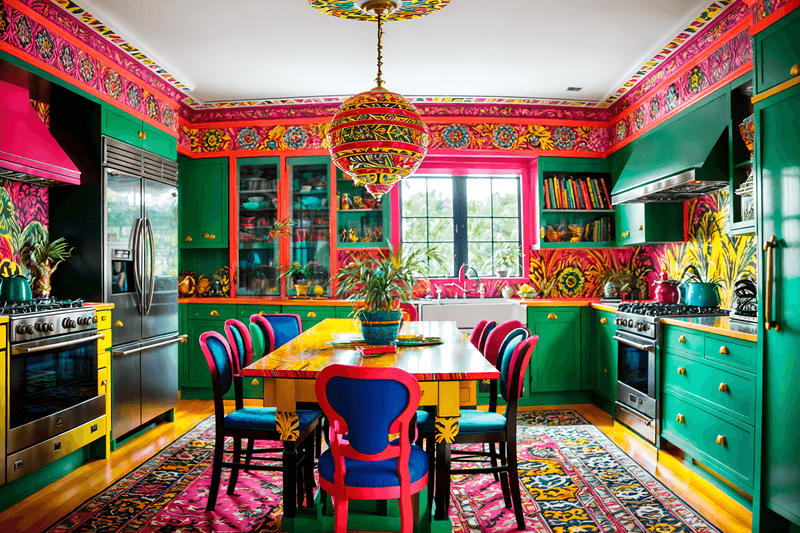
While pops of color can add personality, overly bright hues can overwhelm the senses. Vibrant colors may initially seem exciting but can become tiring over time.
Kitchens with too many bold shades can feel chaotic, detracting from the calming environment desired for cooking.
Bright colors can also be difficult to match with other decor elements, leading to a disjointed aesthetic. Neutral tones offer more flexibility and timeless appeal.
For those looking to add color, consider subtle accents or easily changeable elements like curtains or dishware.
3. Marble Countertops
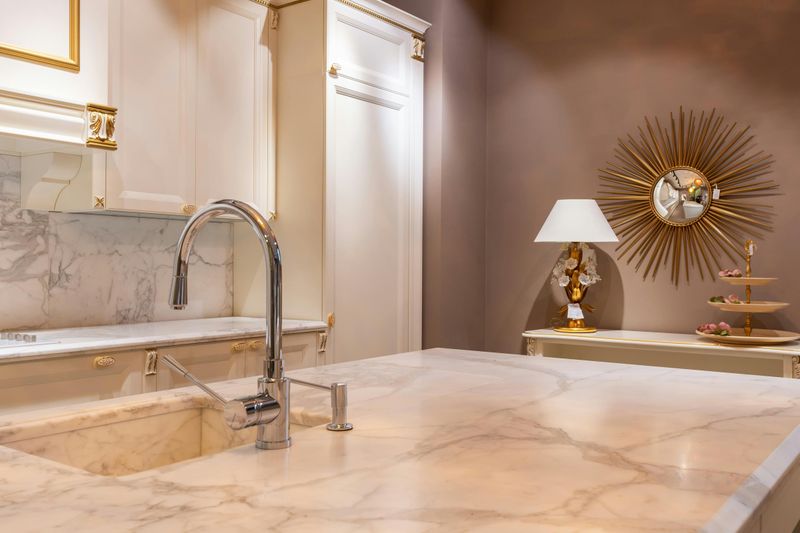
Marble countertops exude luxury but are notoriously high-maintenance. The porous nature of marble makes it prone to staining from spills. Everyday use can lead to unsightly scratches and etches.
Regular sealing is needed to maintain its pristine look, a task not everyone is keen on. Marble’s natural beauty comes with a hefty price tag, both in terms of purchase and upkeep.
For a more durable option, consider quartz or granite. These materials offer similar aesthetics without the ongoing maintenance challenges associated with marble.
4. All-White Kitchens

All-white kitchens have been a staple in modern design, but they pose practical challenges. The pristine look is difficult to maintain, especially in a busy kitchen.
Every smudge, spill, and fingerprint becomes glaringly visible on white surfaces.
Frequent cleaning is essential to preserve the look, adding to daily chores. Also, an all-white space may lack warmth, making it feel sterile and unwelcoming.
Incorporating contrast with darker or textured elements can add depth and interest, creating a more inviting and manageable kitchen environment.
5. Trendy Backsplashes

Trendy backsplashes might catch the eye initially but often fall out of favor. What seems stylish today can quickly feel outdated.
Bold patterns or unconventional materials may dominate the space, leaving little room for other decorative elements.
Once installed, changing a backsplash isn’t a minor task and can be costly. Opting for timeless designs or neutral colors can offer longevity and versatility.
These choices allow for easier updates through decor or paint, keeping the kitchen fresh without major renovations.
6. Copper Fixtures
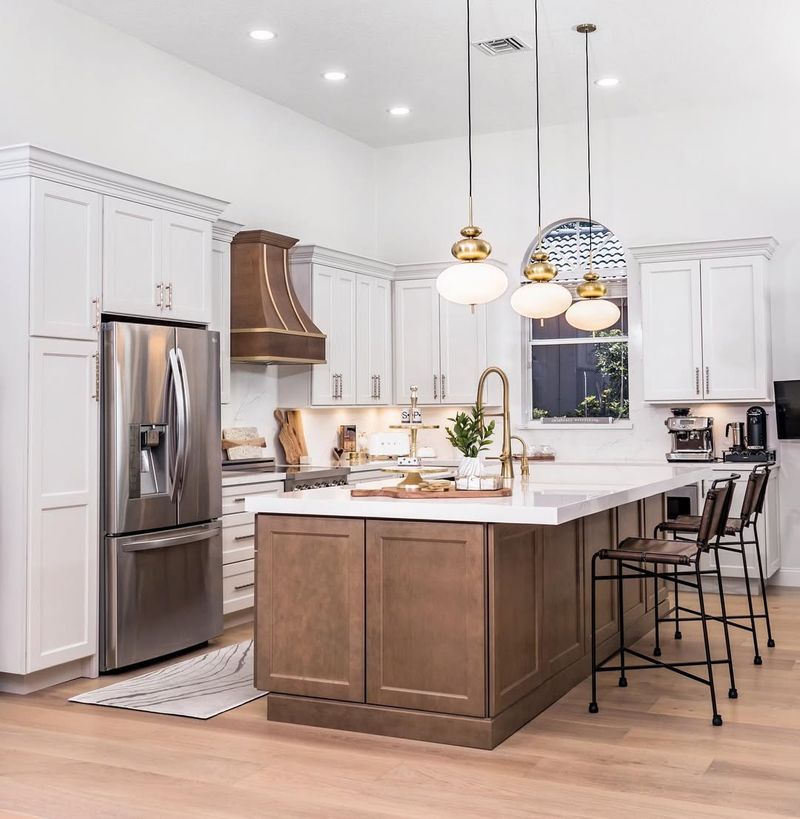
Copper fixtures bring warmth and charm, but require significant upkeep. The metal is prone to tarnishing, demanding regular polishing to retain its luster.
This can be time-consuming for homeowners who prefer a low-maintenance lifestyle.
Copper can react with certain substances, leading to discoloration or damage. While the patina may appeal to some, others find it an unwelcome sign of wear.
Alternatives like stainless steel or brushed nickel offer similar aesthetics with less hassle, maintaining their appearance without constant attention.
7. Glossy Finishes

Glossy finishes can add a modern touch but often lead to practical issues. They reflect light, highlighting every fingerprint, smudge, and scratch. Regular cleaning becomes necessary to maintain their appeal.
The reflective surface can also create glare, making the space uncomfortable for extended cooking sessions. For a more forgiving option, consider matte finishes.
They offer a contemporary look without the drawbacks of high maintenance. Matte surfaces provide a sleek appearance while minimizing visible imperfections, making them a smart choice for busy kitchens.
8. Oversized Islands

Oversized islands may seem luxurious, but they can disrupt the kitchen’s flow. Large islands dominate the room, leaving limited space for movement. This can make cooking and entertaining cumbersome.
They might not provide as much storage or functionality as expected. Islands should complement the kitchen’s design, not overwhelm it.
A well-proportioned island enhances efficiency, offering ample preparation space and storage.
Considering the kitchen’s layout and size before installing an island ensures a practical and harmonious design.
9. Industrial Style

Industrial-style kitchens have a distinct aesthetic but can feel cold and uninviting. Exposed pipes, concrete surfaces, and metal accents contribute to a stark environment.
While trendy, these elements lack the warmth many seek in a home kitchen.
Achieving the industrial look often involves expensive materials and custom work. Consider mixing industrial features with softer elements like wood or textiles to create a balanced space.
This approach retains the desired style without sacrificing comfort, making it more adaptable to personal tastes and lifestyles.
10. Minimalist Design
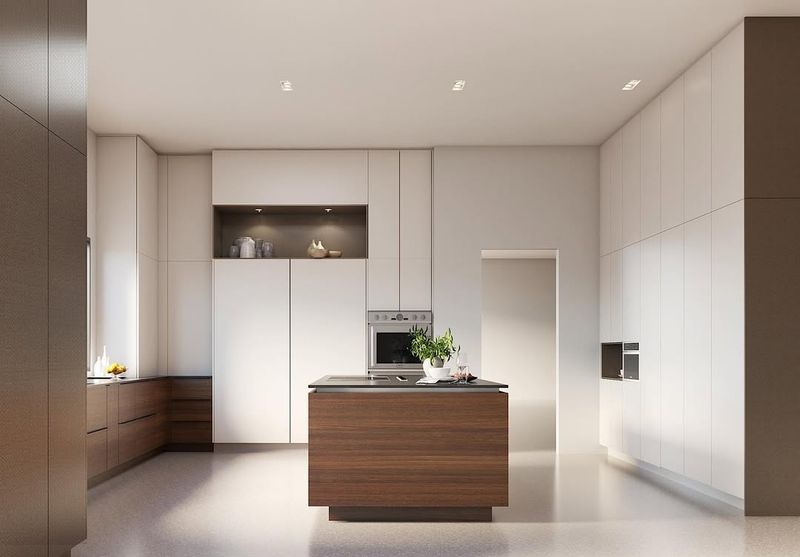
Minimalist kitchens focus on simplicity, but can feel too sparse for daily living. The lack of decoration and accessories might create a sterile environment.
While minimalism promotes decluttering, it can strip away personality and warmth.
Such a design may seem appealing in theory but often lacks practicality. Incorporating personal touches and functional decor can maintain minimalism while adding character.
This balance ensures the kitchen remains a welcoming space that reflects the homeowner’s style, offering both functionality and aesthetic appeal.

